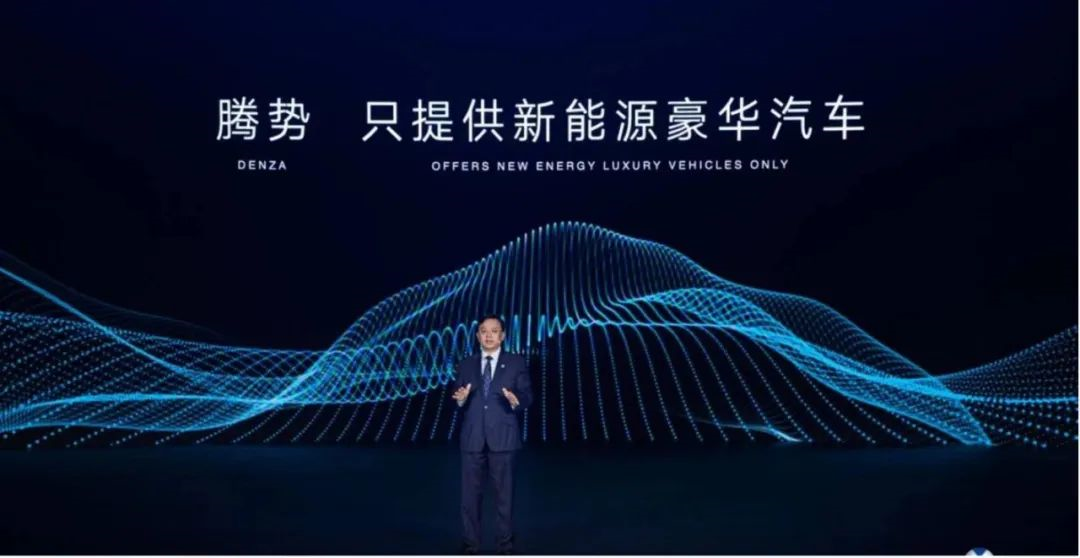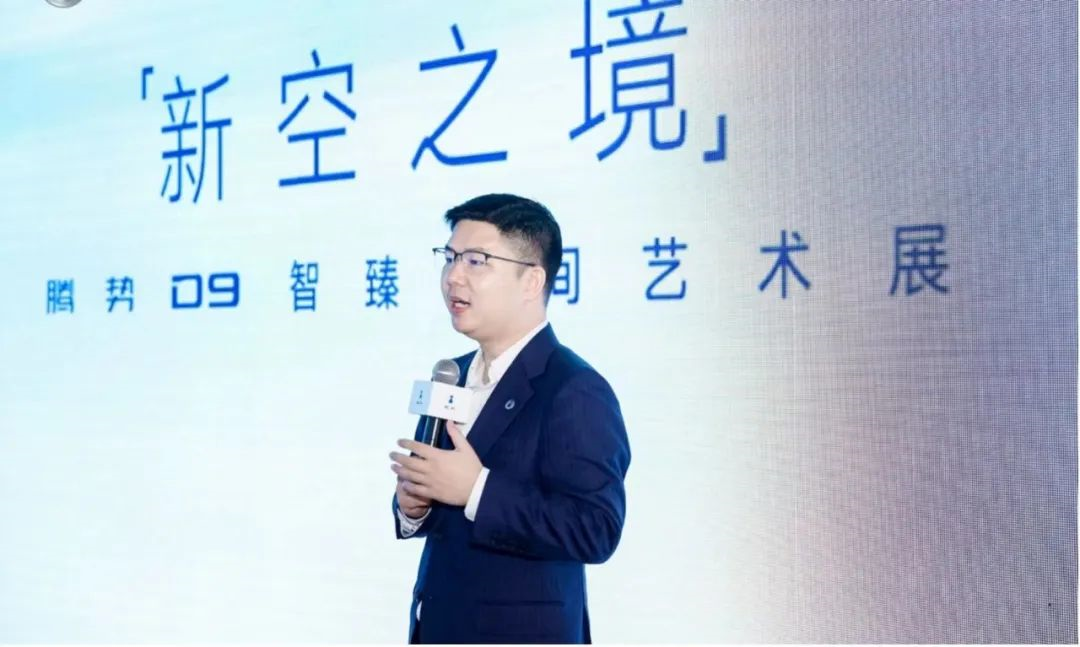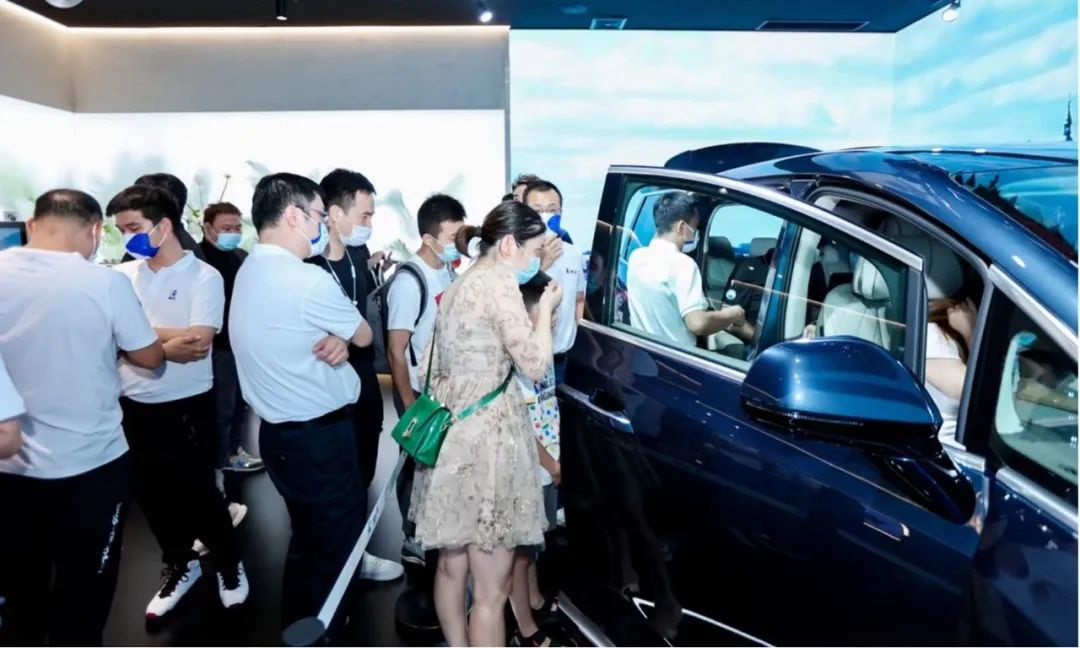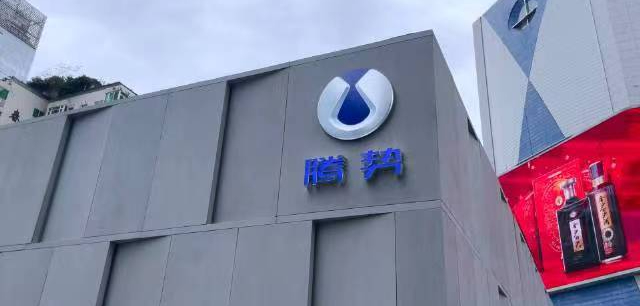Translation
Exploring the Top Brands of New Energy Vehicles in China
If we talk about the top brands of new energy vehicles in China today, it is unlikely that many people would include ‘DENZA’ on the list.
Indeed, both in terms of brand awareness and market sales, DENZA almost belongs to the group of lesser-known brands. However, what is more interesting is that if we discuss the future, including all new energy vehicles – including new car brands, who will have stronger momentum to “make a splash” in the future, I may instinctively include DENZA in the list.
From the most intuitive perspective, this logic comes from the “father” behind DENZA-BYD. After all, given the overall trends of BYD’s business, the product sales which are in short supply, as well as constantly refreshing its market value, people will unconsciously associate it closely with DENZA.
One unbreakable truth in the new energy vehicle industry is that whoever has a powerful parent company with continuous funding support will have an easier time. Their product research and development, sales, and channel building will also become more relaxed.
In fact, since BYD and Daimler joined forces to create DENZA in 2010, it has become very clear that the brand is focusing more on technology development rather than overall market share. However, everything has its limits. Business leaders all say that any unprofitable company is unethical, and DENZA is no exception. Therefore, the question now is, why do I think it is time for DENZA to “make a splash” and push forward?
For example, not long ago, I participated in a national tour of DENZA D9. To be honest, compared to the more straightforward, hardcore product promotion and introduction style of DENZA’s events that I attended many years ago, this event, named “New Space,” was almost the most mature and mainstream product showcase and link establishment with users.
DENZA built a pop-up experience center in Jing’an Temple, the busiest downtown area in Shanghai. At the same time, in this pop-up store, they created a product that not only talks about technology but also clearly positions the product – D9- to match that positioning.
From this, we can see some different information points compared to the past.Firstly, DENZA has ended its tentative phase and started adjusting its corporate structure; secondly, it has launched heavyweight products with clear positioning and initial market share goals; and finally, it has set delivery targets, established channels, and started rebuilding DENZA’s image.
Undoubtedly, DENZA has transformed from a relaxed new energy brand to an ambitious market competitor.
Time and Choice
The reason why DENZA was perceived as a relaxed brand is understandable. After all, the birth of the DENZA brand was initially more like a technology exchange experiment. In other words, the primary purpose was to exchange technologies.
As early as over 100 years ago, Daimler, which has been manufacturing cars, can undoubtedly offer DENZA what BYD, who started making cars in 2003, values most– car technology. Meanwhile, BYD, which entered the battery industry in 1995 and became an important battery supplier for global mobile phone brands in just a few years, can provide battery technology for the future.
Today, this seems to be a very mainstream product creation strategy. However, we should bear in mind that such cooperation happened 12 years ago in 2010. In summary, these two companies anticipated the overall trend of electrification of cars very early and laid out a strategy ahead of time.
Therefore, DENZA had enough time at that time, which makes it understandable why DENZA was perceived as relaxed. After all, during the era when most people still regarded fuel vehicles as the main product in the market, DENZA’s two parent companies had very strong backgrounds, so they were more committed to polishing technologies and preparing for the future than the new car brands that rise like wolves and tigers, and rush to launch products, establish brand recognition, and sell cars to make money, and then go to the next round of funding.
The two companies that started cooperating in 2010 only launched the DENZA brand and released the first concept sports car in 2012. It was not until April 2014 that the first model under the brand was released, which also went on sale in October that year.

By last year, DENZA had released a total of DENZA 300, 400, 500 (these models are closely related to endurance from their names), and the DENZA X, which is still on sale and highly similar to BYD Tang.
However, this is not a rhythm that complies with the current market rules. Such speed and product line width cannot meet people’s expectations for new energy car brands today. Since 2016, various new forces have accelerated their entry in order to seize the investment opportunity in electric vehicles. It’s time for DENZA to change its state.First of all, this change is not a change of the NIO brand itself, but rather a natural outcome following the changes of its two major parent companies. Earlier this year, BYD became the first car brand in the world to abandon the production of fossil fuel vehicles and fully transform into a new energy vehicle company, becoming a “traditional player” in the field of new energy. Although Mercedes-Benz has not done such a thing, the fully electrified EQ lineup from EQC to the latest EQE has already been fully deployed. At this juncture, as an experimental product born and developed to explore the future of electrification while in a loss-making state, NIO has reached a crossroads where it needs to make a decision – whether to continue or to give up.

Just recently, NIO’s personnel structure has also undergone changes, with William Li becoming the new Chairman of Shenzhen NIO New Energy Vehicle Co., Ltd. Daimler then gave 40% of its shares to BYD, maintaining only a 10% stake and breaking the previous equal 50/50 split ownership.
In fact, as early as May of this year, William Li announced that “NIO has entered a new stage of development, and strategic development will be led by BYD, with Mercedes-Benz assisting and supporting”. Just a few months later, the D9 appeared in several major cities, which in itself provided an answer – BYD chose to continue.
Several advantages after the comeback
Choosing to continue is not the same as being able to successfully continue. So why do I believe that NIO will have a better chance of future development?

Firstly, the change in shareholding ratios eliminates the possibility of an equal battle between the two sides. This means that what William Li said earlier, “In the future, the NIO brand will have three independent attributes: an independent brand, operated by an independent team, and with an independent product matrix and design language,” can be viewed overall as a brand new start.
What is even more important is that if these elements were BYD’s weaknesses in the past, the times have changed, and it has the ability to become a strength of all BYD’s matrices, including NIO, especially when it comes to independent product matrices and design languages. Looking at BYD’s product system in recent years, its design closely follows or even leads the trend, which has become an indisputable fact. Technologies like blade batteries and DM-i hybrid have also been widely recognized by the market as “a real game changer”.
And this has been proven by the already launched DENZA D9. It has a pure electric version, as well as a DM-i version with a better driving quality due to the support from Mercedes-Benz in the automotive engineering field.
Furthermore, if we simply look at it from a product perspective, DENZA’s recent moves have also caught the market’s attention. If the previous 300-500 were just “Mule Cars” that mixed technology together, then from the X model onwards, DENZA has already started to open up the gap from the most popular SUV market in China.

In fact, DENZA’s attempts are still helpful, as its annual sales have been steadily maintained below 5,000 vehicles, amounting to over 30,000 in total from 2015 to 2020. This is a steady progression, but to achieve a longer-lasting and more stable breakthrough, it requires a more heavyweight product.
Therefore, we see the birth of the D9, a new energy vehicle aimed at the high-end and luxury MPV market. This is a carefully considered product plan for DENZA. Its purpose is to find a newer, smaller, but more potential market to enter. Moreover, this seems to be a market with great potential.
Since 2021, brands such as Toyota, Beijing Hyundai, and Kia have all set their sights on the MPV market. The new brand LanTu under the old force has entered the pure electric MPV market.

After all, in this field, products such as the Roewe iMAX8 and the LanTu Dream House are at the same starting line as the D9, with no clear advantage over one another. At this point, BYD, who has more say and technological advantages in the pure electric market, made a wise choice to enter this field with DENZA, which has brought about greater opportunities.It is apparent that the Chinese team who knows the Chinese market better played a leading role in the product planning of D9. The design, which has been continuously evolving, and the cutting-edge technology have enabled BYD to promote DENZA. The opening of the market has provided an opportunity for MPV like D9. This is probably the most important factor for the potential improvement of DENZA.
Future Challenges
To be honest, I have considered D9 to be very competitive since I saw it. As the General Manager of DENZA’s Sales Division, Zhao Changjiang said, this product is “high-end but not ostentatious”.

In short, what DENZA wants to create is a product that has a sufficiently spacious interior, is sufficiently technologically advanced, possesses sufficient luxury, and has a sufficiently competitive price. Currently, the addition of these product strengths has gained sufficient market attention.
According to official data from DENZA, since the pre-sale release of DENZA D9, the cumulative orders have exceeded 40,000 units. Of these, 50% came from BBA luxury car owners’ additional purchases, 25% from original 6-7 seat SUV users, and 15% from Elfa and Sienna users. If these numbers are reliable and eventually realized in delivery, it will already have created the best sales performance in the history of the DENZA brand.

Of course, for D9 and for DENZA, these are still just small steps on the road to progress. To establish this brand thoroughly, more needs to be done.
For example, regarding brand influence, DENZA has been in a state of “free-range” for more than a decade in the past. This is because the parent companies at that time had sufficient influence and market share brands. Therefore, they were naturally less concerned about this brand.
Nowadays, the emergence of pop-up stores such as “New Space” is actually the first step for DENZA to reshape its brand image. However, for more people, a flashing pop-up store cannot leave a more lasting impression on this brand. Actual dealerships and experience stores can.
For a period of time, DENZA’s dealerships were adjacent to Mercedes-Benz’s, and then they directly entered Mercedes-Benz stores for sales. For DENZA, whose brand influence had not been established, this actually caused more harm than help. In the future, DENZA also plans to accelerate this pace. For example, in Shanghai alone, 11 DENZA direct stores have been planned (including 9 DENZA experience stores and 2 DENZA centers).Here is the translated English Markdown:

For BYD, which has already done well in car manufacturing and sales, they are very clear about what they need to do and what kind of resources they need to invest in to make brands like DENZA successful. For DENZA, this is also a great opportunity to revitalize their brand.
After all, it would be a pity if a brand that started with hardcore technology doesn’t sell well. As for the new DENZA D9 and future product lines, going from the experimental stage to the market will bring about a different tomorrow, leaving us interested in continuing to follow their progress.
This article is a translation by ChatGPT of a Chinese report from 42HOW. If you have any questions about it, please email bd@42how.com.
